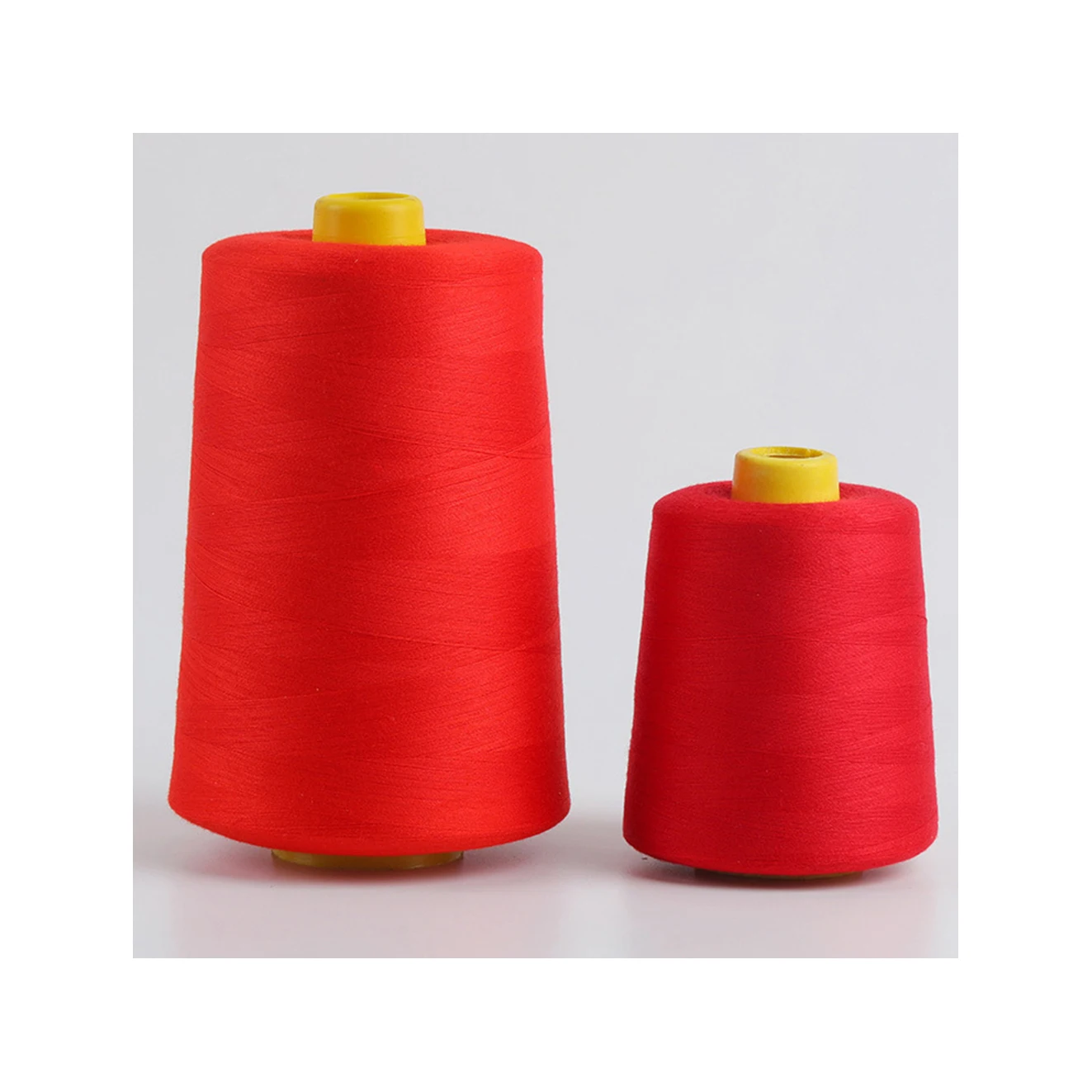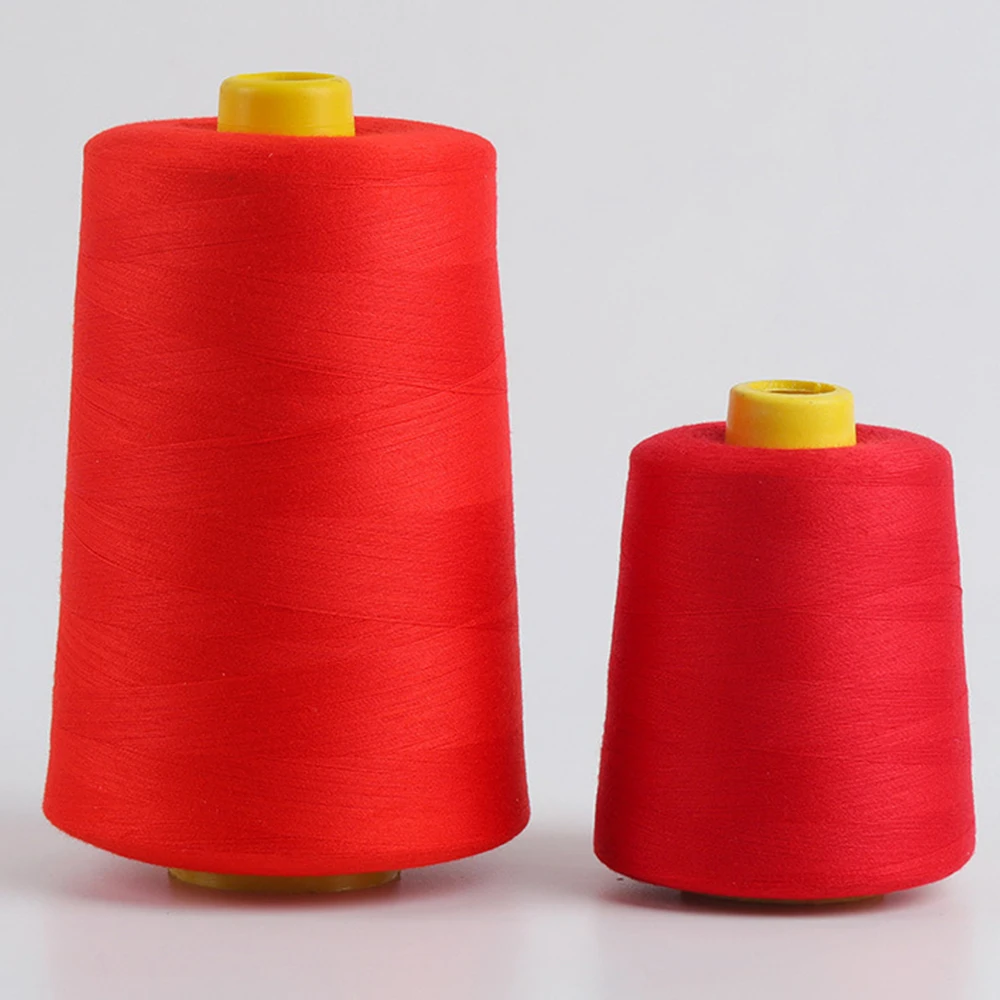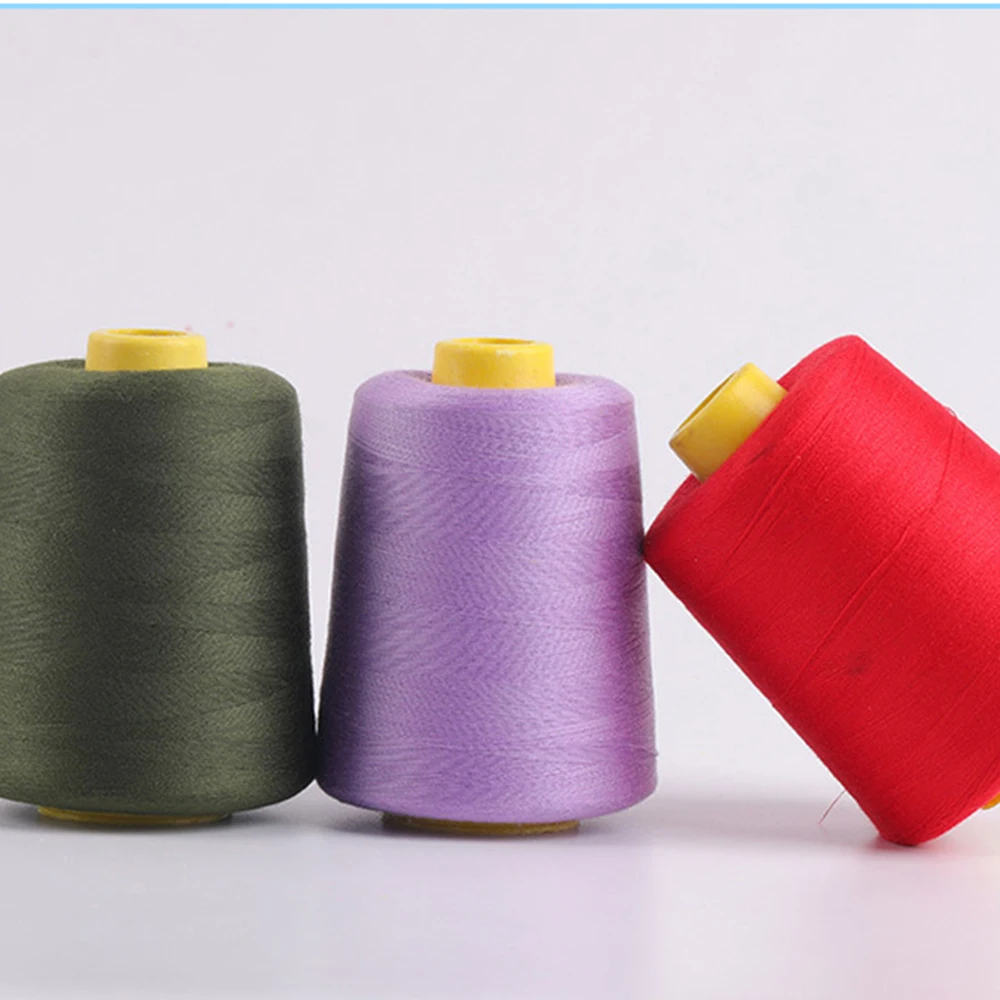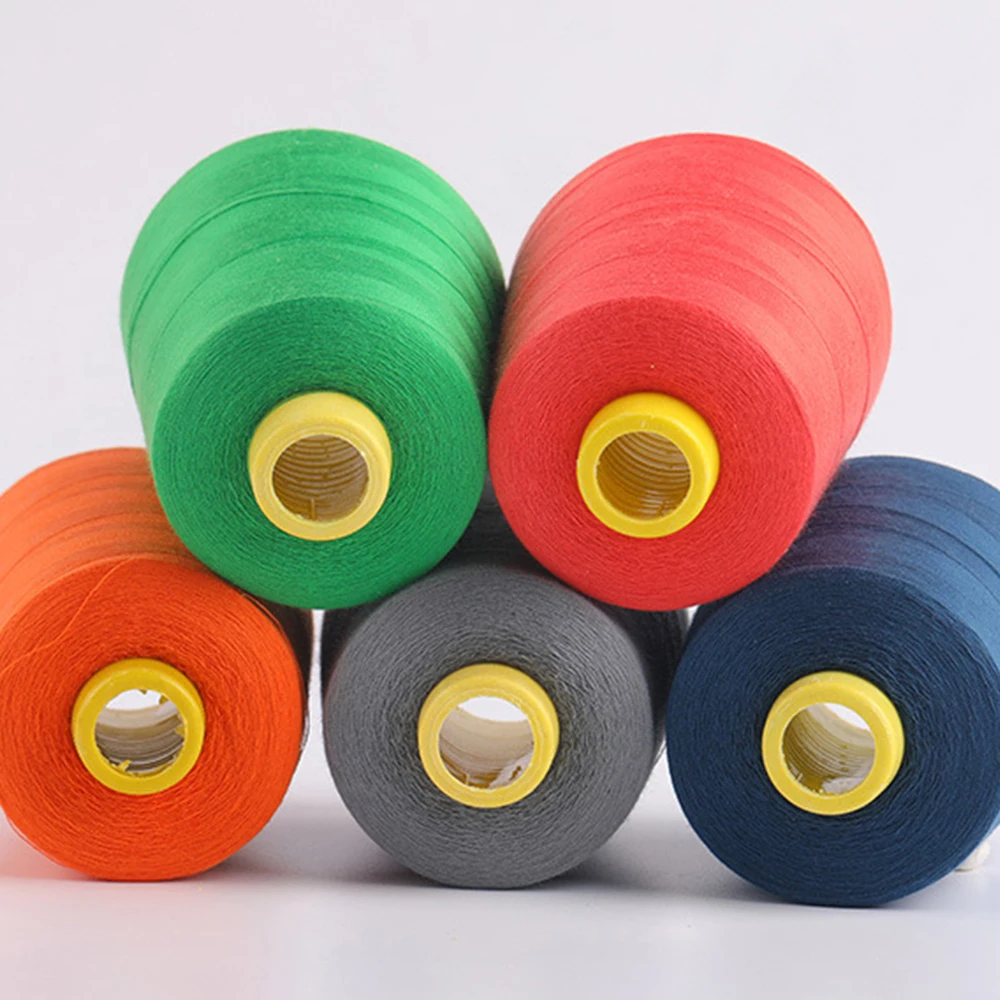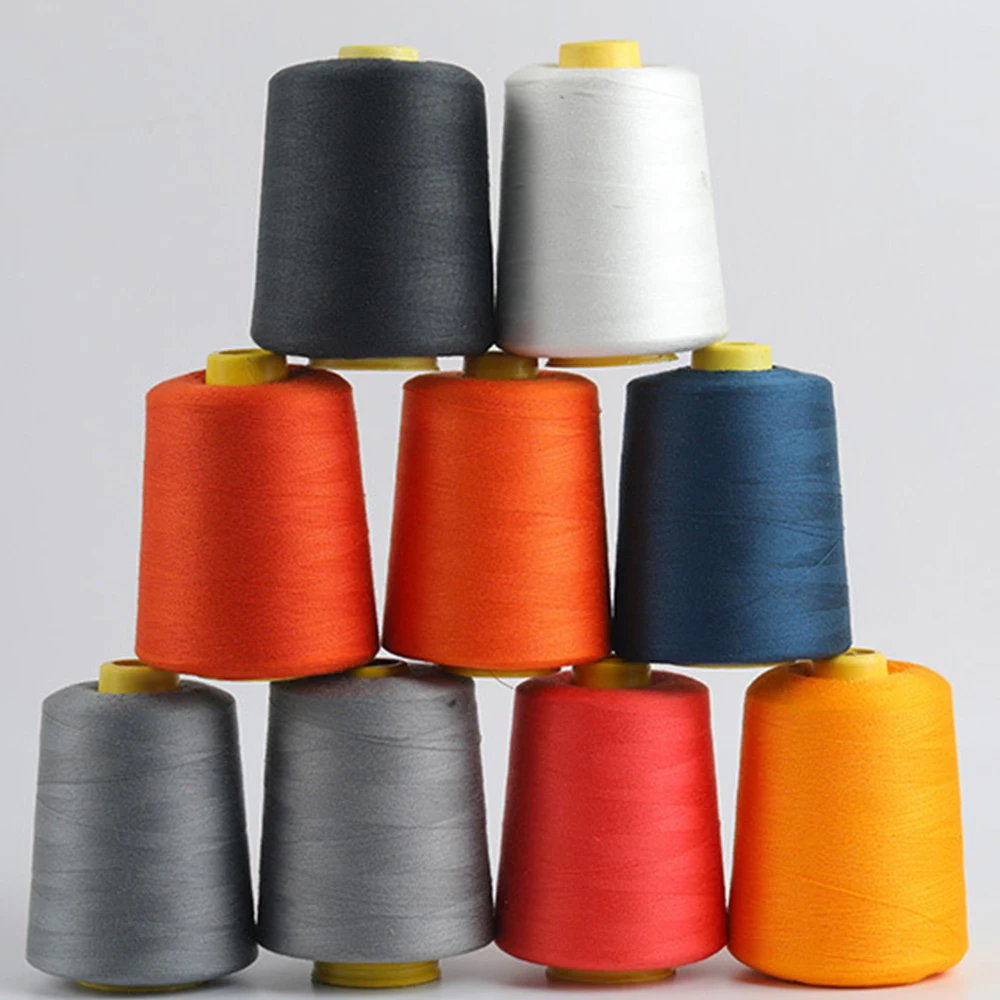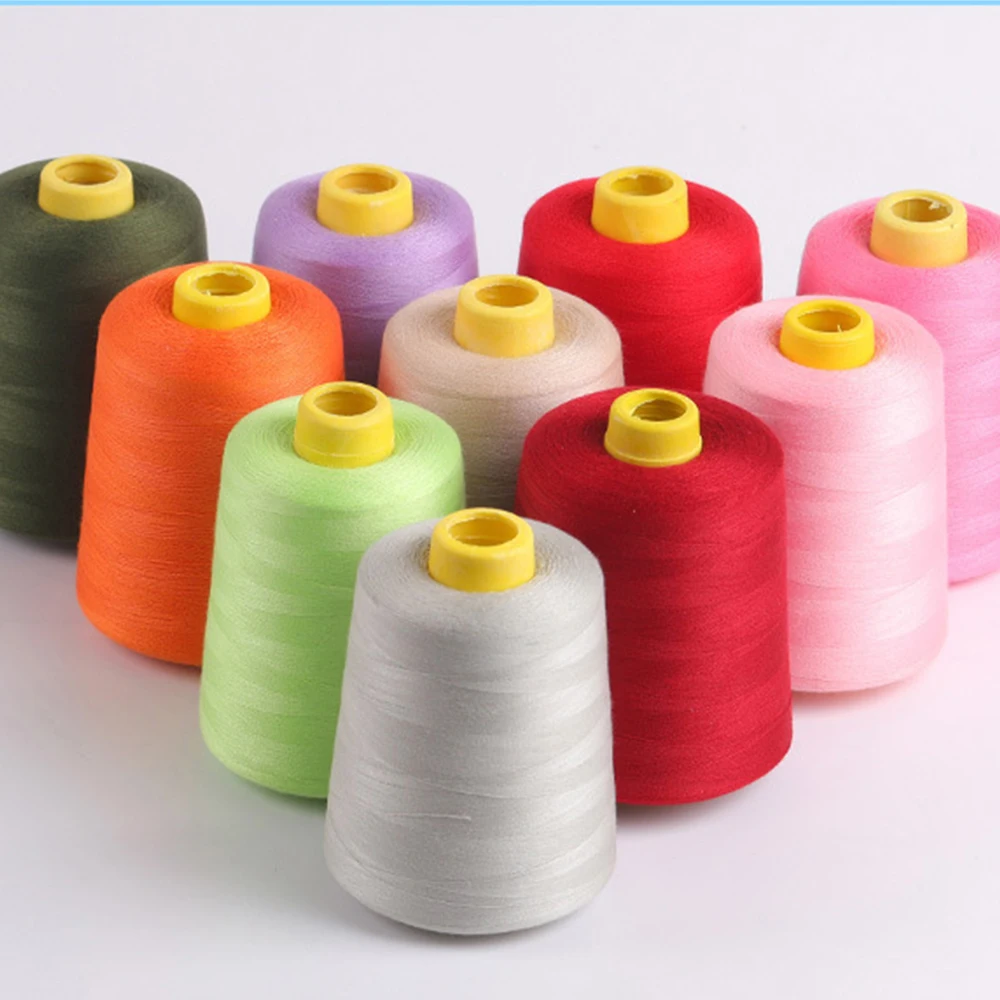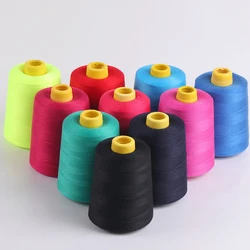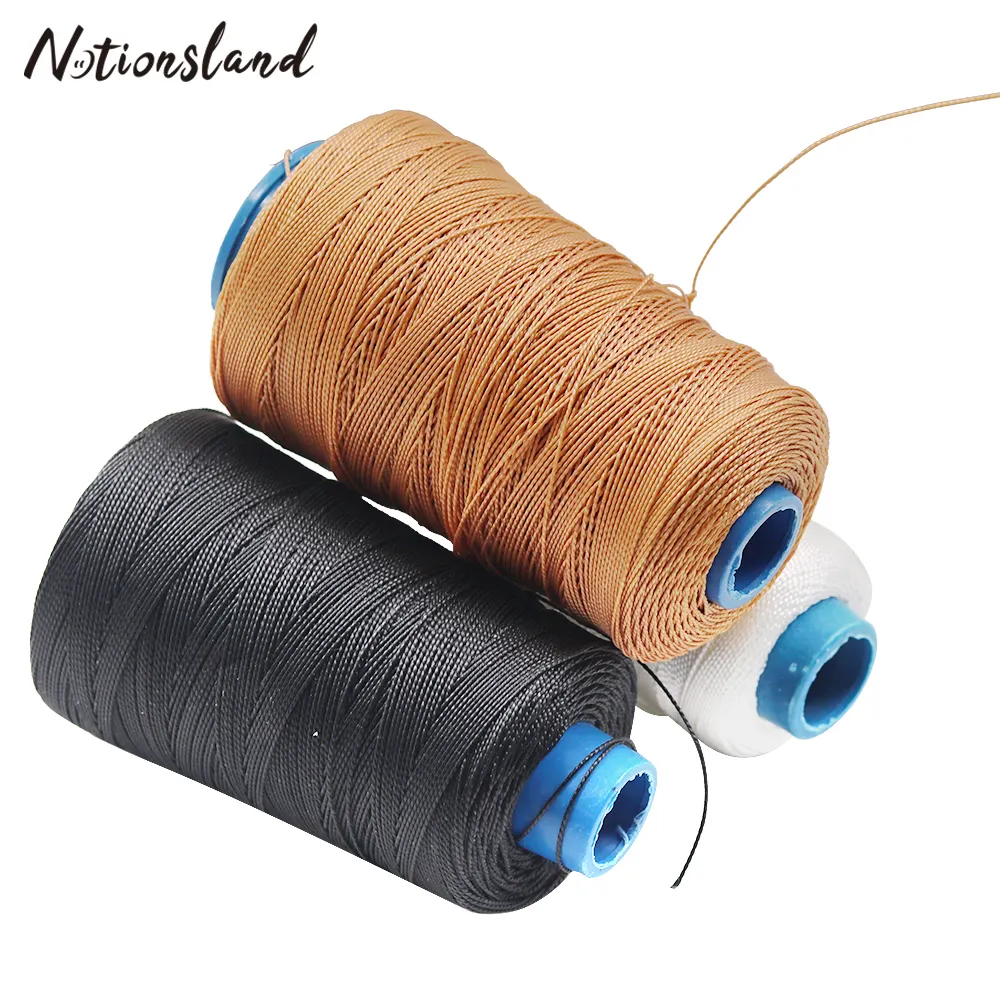Многоцветная крашеная нить из 100% полиэстера для
- Категория: Sewing Threads >>>
- Поставщик: Ningbo,East,Wonder,Import,And,Export,Co.,Ltd.
Поделиться:
Описание и отзывы
Трекер стоимости
| Месяц | Минимальная цена | Макс. стоимость |
|---|---|---|
| Sep-19-2025 | 0.75 $* | 0.7 $* |
| Aug-19-2025 | 0.65 $* | 0.64 $* |
| Jul-19-2025 | 0.9 $* | 0.37 $* |
| Jun-19-2025 | 0.38 $* | 0.79 $* |
| May-19-2025 | 0.63 $* | 0.19 $* |
| Apr-19-2025 | 0.33 $* | 0.4 $* |
| Mar-19-2025 | 0.18 $* | 0.50 $* |
| Feb-19-2025 | 0.81 $* | 0.0 $* |
| Jan-19-2025 | 0.67 $* | 0.3 $* |
Характеристики
Products Description

Sewing Thread
Sewing thread refers to the thread used for stitching textile materials, plastics, leather products and books and periodicals.
Sewing thread has the characteristics of sewability, durability and appearance quality. Because of the different materials, sewing
thread can be divided into three types: natural fiber, chemical fiber and mixed type. The characteristics of sewing thread also
have its unique performance due to the different materials:
1. Cotton sewing thread - good heat resistance, poor elasticity, wear resistance, moisture resistance and bacteria resistance,
suitable for high-speed sewing and durable pressing.
2. Polyester sewing thread - high strength, smooth and beautiful, wear-resistant; No mold, no rot, low price, rich color, not easy to fade, no shrinkage.
3.Polyester/cotton sewing thread - made of 65% polyester staple fiber and 35% cotton fiber blend, high strength, good wear resistance, low shrinkage, good flexibility and elasticity, good heat resistance. Can sew all kinds of clothing.
4.Nylon sewing thread - strong stretch, good elasticity, smooth texture, silky luster, good wear resistance.
5.nylon line - high fracture strength, good wear resistance, small moisture absorption, high elasticity, but not enough heat
resistance, generally controlled at about 120℃. Generally used for sewing chemical fiber fabrics, woolen wool, woolen sweaters,
etc.
6.Vinylon thread - the price is lower, the breaking strength is high, the wear resistance is lower than the nylon thread, the
chemical stability is good, mainly sewing all kinds of flour bags, cloth rubber shoes upper, canvas, lock hole, nail buckle and so on.
7. Silk thread - smooth surface, soft luster, good elasticity, high temperature resistance. Used for sewing woolen clothing and satin fabrics; Rayon is colorful, but intensity is poor, hygroscopic sex is very poor, the price is cheaper. Mostly used for machine embroidery.
Sewing thread has the characteristics of sewability, durability and appearance quality. Because of the different materials, sewing
thread can be divided into three types: natural fiber, chemical fiber and mixed type. The characteristics of sewing thread also
have its unique performance due to the different materials:
1. Cotton sewing thread - good heat resistance, poor elasticity, wear resistance, moisture resistance and bacteria resistance,
suitable for high-speed sewing and durable pressing.
2. Polyester sewing thread - high strength, smooth and beautiful, wear-resistant; No mold, no rot, low price, rich color, not easy to fade, no shrinkage.
3.Polyester/cotton sewing thread - made of 65% polyester staple fiber and 35% cotton fiber blend, high strength, good wear resistance, low shrinkage, good flexibility and elasticity, good heat resistance. Can sew all kinds of clothing.
4.Nylon sewing thread - strong stretch, good elasticity, smooth texture, silky luster, good wear resistance.
5.nylon line - high fracture strength, good wear resistance, small moisture absorption, high elasticity, but not enough heat
resistance, generally controlled at about 120℃. Generally used for sewing chemical fiber fabrics, woolen wool, woolen sweaters,
etc.
6.Vinylon thread - the price is lower, the breaking strength is high, the wear resistance is lower than the nylon thread, the
chemical stability is good, mainly sewing all kinds of flour bags, cloth rubber shoes upper, canvas, lock hole, nail buckle and so on.
7. Silk thread - smooth surface, soft luster, good elasticity, high temperature resistance. Used for sewing woolen clothing and satin fabrics; Rayon is colorful, but intensity is poor, hygroscopic sex is very poor, the price is cheaper. Mostly used for machine embroidery.
Product Paramenters

Model Number: | EWA93214 |
Item Name: | Sewing Thread |
Composition: | 100% Polyester |
Design/Color: | Customizable |
Use: | Bedding, Dress,Wedding, Home Textile,Lining,Garment... |
Place Of Origin: | Zhejiang Province, China |
Details Images




Company Profile

Why Choose Us

Our Services
Print Your Own Designs
If you don't have your own design
We have thousands of patterns for your choice.
We have thousands of patterns for your choice.
Enjoy E-WONDER, Enjoy Life!!!
FAQ

1Q: How to get a sample?
Please contact our customer service to advise your detail request,we will offer A4 sample for free,you only need to pay the
postage charge. If you already play orders,we will send free samples by our account.
2Q:How to get a price?
You can direct ask us to get the prices. You can send us a sample, and we according your request and give you a price.If you can not reach our minimum quantity, please contact us, and let us know details and negotiate.
3Q: Can you provide OEM and ODM service?
Yes, We can do.
4Q: Why should you buy from us not from other suppliers?
(1)Competitive price,(2) High quality which issuitable for both outdoors wears and casual clothing,(3) One stop purchasing,(4)Fast response and professional suggestion on all inquiries,(5) 6 years quality guarantee for all our products.
Please contact our customer service to advise your detail request,we will offer A4 sample for free,you only need to pay the
postage charge. If you already play orders,we will send free samples by our account.
2Q:How to get a price?
You can direct ask us to get the prices. You can send us a sample, and we according your request and give you a price.If you can not reach our minimum quantity, please contact us, and let us know details and negotiate.
3Q: Can you provide OEM and ODM service?
Yes, We can do.
4Q: Why should you buy from us not from other suppliers?
(1)Competitive price,(2) High quality which issuitable for both outdoors wears and casual clothing,(3) One stop purchasing,(4)Fast response and professional suggestion on all inquiries,(5) 6 years quality guarantee for all our products.


Похожие товары
Нить для матраса из полиэстера
US $1.60
Нить для швейной машинки из 100% полиэстера 40s/2
US $0.40-$0.60
